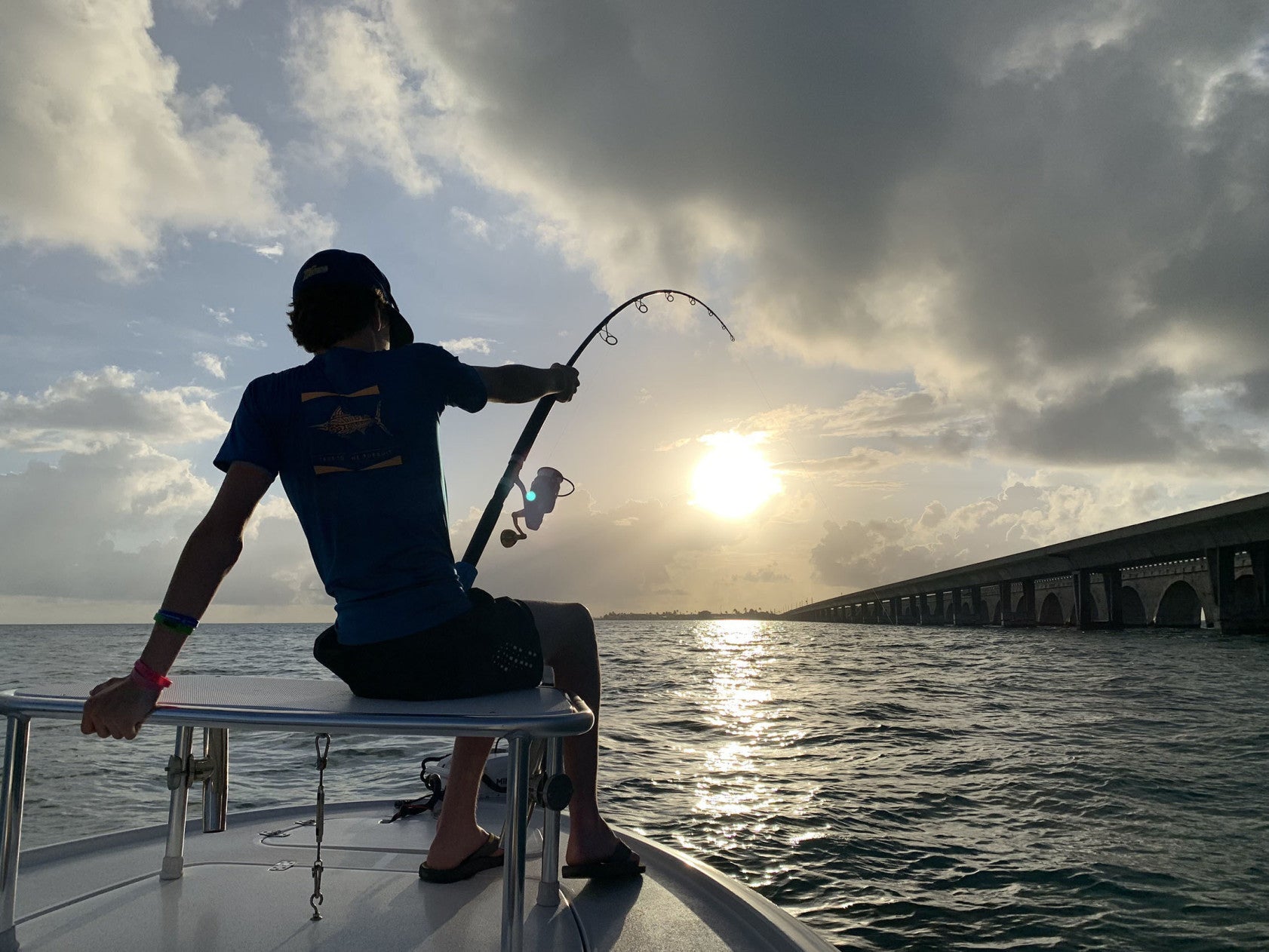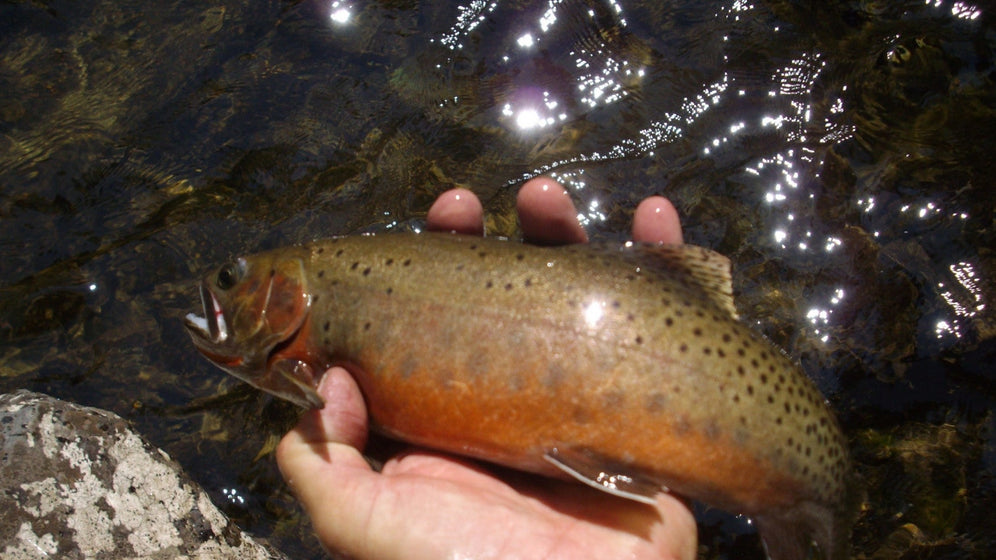For years I loved my fish just rolled in cornmeal and fried but the last 20-40 years, I’ve expanded on what batter I use. These are just a few of the recipes that my family likes, but the first step in any good fish recipe is to begin with good fish. It somehow tastes even better when you’ve caught it yourself!
SIMPLE CORNMEAL
Sprinkle yellow cornmeal on a plate and roll your fish in it. Throw into a skillet with hot oil and fry to a golden brown. Don’t overcook it, though! You want your fillets to be moist. While cooking sprinkle with salt/pepper or seasoning salt.
PANKO
Our guide in Alaska got us to use Panko for our batter. Sprinkle some on a plate. Roll your fillets in the crumbs and then throw in a hot skillet of oil and cook the same as in the above recipe. Panko has more crunch than cornmeal, but it really is a matter of preference.
PANCAKE BATTER
Pancake batter makes a great fish batter. Just mix up the batter like you were going to make pancakes, dip the fish and throw in a hot skillet of oil. You can’t cook them as close together as you do when using a corneal covering because they will stick together. A buddy used to use Big Red soda instead of water to mix the batter and his family loved it!
TROUT MENUIRE
I got this recipe from a friend in Louisiana several years ago. Dredge the trout fillets in flour. Throw in a hot skillet with olive oil. Add a couple of tablespoons of red wine vinegar or something of that sort, a few tablespoons of Worcestershire Sauce, a couple of teaspoons of lemon juice in the skillet next. Cook each fillet for about 1 ½ minutes on each side. After flipping, throw in a few tablespoons of capers. Season and serve. Good stuff. I sometimes cook my crappie like this.
BLACKENED REDFISH
This is one of my favorites. You definitely have to use a cast-iron skillet for this one. Melt butter in the pan and get it hot. Dip the fillet in the skillet to cover both sides with butter and sprinkle heavily with Paul Prudhomme’s Blackened Redfish seasoning. Throw in the skillet and blacken on both sides. You want the heat on high to blacken the fish relatively quickly so the outside blackens (You want to blacken it but don’t burn it) but you want the inside moist. Blackened redfish is to die for. Sometimes I’ll blacken crappie or salmon. Salmon is excellent cooked this way too.
SMOKED SALMON
This is one of my favorites and you can use a fresh salmon you caught or fresh from the store. I don’t know if it is because it has more oil in it than most fillets thereby causing it to better absorb the marinade or what but salmon was made for smoking. I make a marinade of 1-2 cups of brown sugar, ½ cup of white sugar, a spoonful of ginger, ½ cup of salt, couple of teaspoons of pepper. Mix it in a bowl with water. Leave the skin on the fillet. Before I start marinating the fillet, I use a pair of needle-nose pliers and pull out the bones (I leave the rib cage on). I think doing this allows the marinade to penetrate better plus it gets rid of the bones. Insert the fillets into a waterproof plastic bag or Zip-Lock and add marinade. Squeeze out the air and let sit for 4-6 hours or overnight. Every hour or two flip to ensure it gets a good brine.
Lay the fillet on an oak or cedar plank on your smoker. Soak the wood in water before smoking to minimize burning the wood. I used to smoke my salmon in a pan but that traps in the juices so it is similar to boiling or baking it. You want it to have a smoked texture and smoking on wood allows the juices to run off. I smoke mine on a pellet grill for about an hour. Enough to give it a smoky flavor. I like using fruit wood for smoking fish. Then I turn up the heat to finish it. I don’t dry mine out like jerky, but the outside does get dry and the inside stays moist. For the last 5 minutes, I drizzle honey over it and sprinkle on some all-purpose seasoning.
PRO TIPS
- Get an electric fillet knife and a good boning knife so you can fillet your fish. You can cook fillets more evenly than you can a whole fish.
- Salt and pepper your batter and dry ingredients to add layers of flavor. If you have a favorite all-purpose or another seasoning you like, use it in both and omit salt if your blend already has some in it.
- Use a cast-iron skillet for high heat frying as it works better over a thin-walled aluminum pan.
- When deep-frying, choose an oil with a high smoke point. Peanut, grapeseed, safflower, soybean, sunflower, canola, and extra light olive oil are all good choices.
- Use a thermometer designed for pan/emersion frying to make sure your oil is at 350 degrees for pan-frying and 375 degrees for a deep fryer. Cook the fish for three to four minutes on one side and then gently flip it over. Use a wide spatula and turn it carefully to prevent breaking the fish.
- Salt and pepper your batter and dry ingredients to add layers of flavor. If you have a favorite all-purpose or another seasoning you like, use it in both and omit salt if your blend already has some in it.



Leave a comment
This site is protected by hCaptcha and the hCaptcha Privacy Policy and Terms of Service apply.